We have much more to do and your continued support is needed now more than ever.
Browns Canyon Success! Five Species Whose Home is Now Permanently Protected
Stunning and wild. Best white-water rafting in the country. Paradise for people and wildlife alike. This is Colorado’s Browns Canyon, America’s newest national monument.
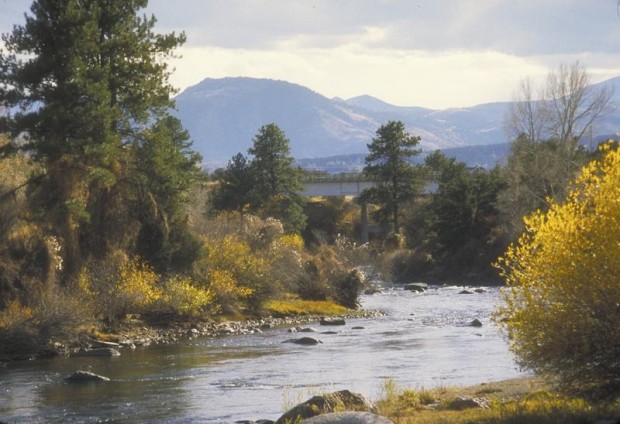
Coloradans and conservationists have been working for over 20 years to achieve permanent protection for Browns Canyon. The campaign to protect this precious landscape showed its strength this December when a standing-room-only crowd, gathered for a Bureau of Land Management public meeting, sent a clear and urgent message to the federal government: Keep this beloved gem forever wild…make it a national monument!
Now, thanks to the tireless efforts of conservation-minded people like you, Browns Canyon is permanently protected. President Obama named the stunning 22,000 acres of Browns Canyon a national monument.
The area needs protection because mining and livestock operations want to expand in Browns Canyon. Expansion of these activities would spoil irreplaceable habitat for wildlife and people for generations.
National monument designation protects Browns Canyon by preventing new mining claims and mineral leasing, and assuring no new road construction damages the area’s watershed or wildlife.
That’s a good thing! Especially for these 5 species, who call Brown’s Canyon home and deserve it to be wild forever.
1) Reclusive Prowlers: Bobcats
Twice as large as house cats and bearing characteristic stubby tails, bobcats live six to eight years and have few predators but humans. The shy and reclusive creatures are skilled wilderness hunters. They hunt by sight and sound (not smell), and are sprinters that must abandon a chase if it lasts more than a few seconds. Browns Canyon is a bobcat paradise.
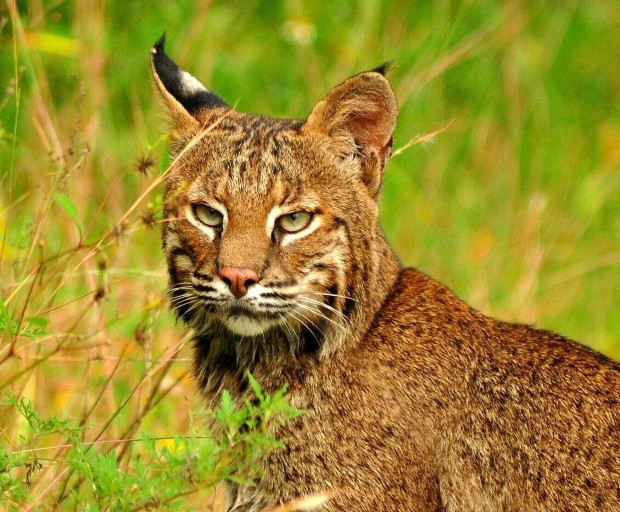
2) Crash of the Titans: Bighorn Sheep
Bighorn sheep also call Browns Canyon home. These great animals have a compact, muscular body with chocolate brown fur trimmed in white on the muzzle, rump and belly. Agile climbers, bighorn sheep are well equipped for climbing the steep terrain that keeps their predators, like mountain lions, at bay. Their wide-set eyes are situated well forward on their head, providing a wide arc of exceptional vision. Bighorn Sheep groups protect themselves from predators by facing different directions, allowing them to keep watch on their surroundings. Bighorn sheep were brought back from the brink of extinction with the help of conservation efforts, but today are struggling once again.
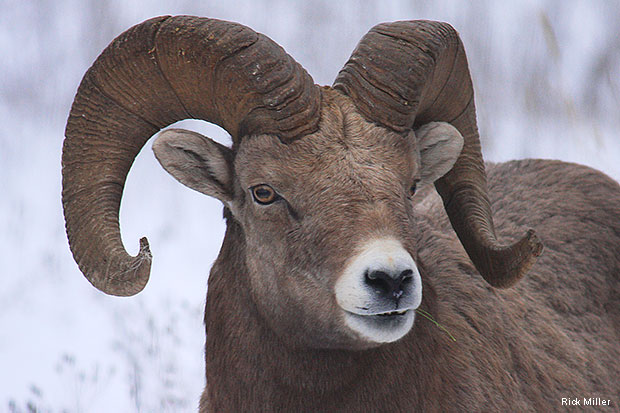
3) My, What Big Ears: Mule Deer
Mule deer thrive on the plant growth in Browns Canyon. Among the most beloved and iconic wildlife of the American West, mule deer get their name from their big, mule-like ears. In summer, mule deer are tannish-brown and in winter they are brownish-gray in color. They have a white rump patch and a small white tail with a black tip. Colorado’s mule deer populations have plummeted in the past few decades due to coal mining, oil and gas drilling and new roads and buildings that destroy and fragment their habitat.
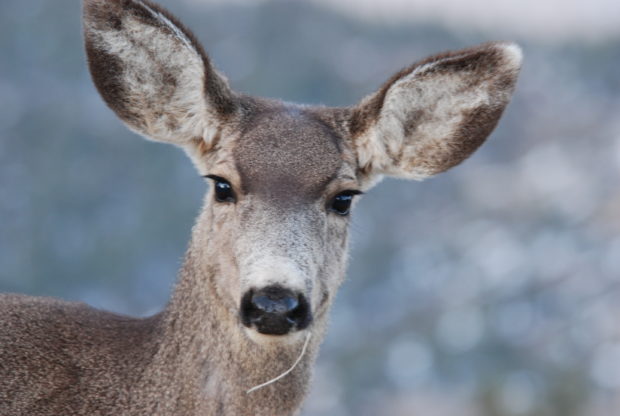
4) Extremely Loud & Incredibly Large: Elk
An elk rut is something you will never forget. A “rut” is name of the elk mating period, and it is a spectacular opportunity to view elk bulls pursuing herds of elk cows in ritual courtship. The sound of bulls bugling and antlers from rivals crashing together is truly incredible. Most elk populations in the United States live on federally managed lands (national parks, wildlife refuges, national forests, etc.) It is one of the largest species of deer in the world, and one of the large mammals in North America.
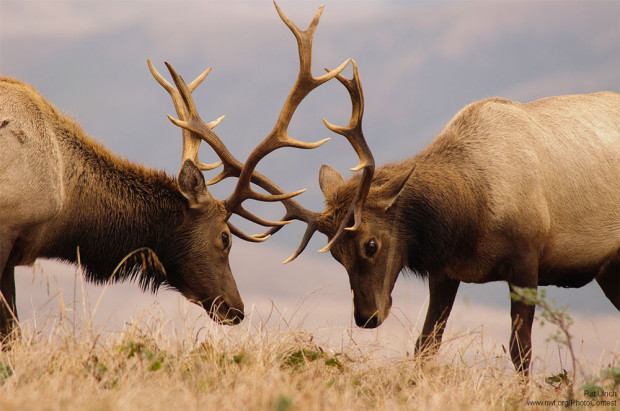
5) Ravenous, Opportunistic Eaters: Black Bears
Wild areas with little human footprint, like Browns Canyon, are perfect habitat for bears. Typically solitary animals, black bears roam large territories. Despite their name, black bears can be black, brown, or even white. Black bears are omnivorous. Their diet includes roots, berries, meat, fish, insects, larvae, grass and other succulent plants. They eat ravenously all summer and fall to build up fat reserves and survive the long winters dormant in their dens. They are also very attracted to human garbage, livestock food and pet food, and can quickly become habituated to these easy food sources. This often results in the bears being killed as nuisances…so don’t feed the bears!
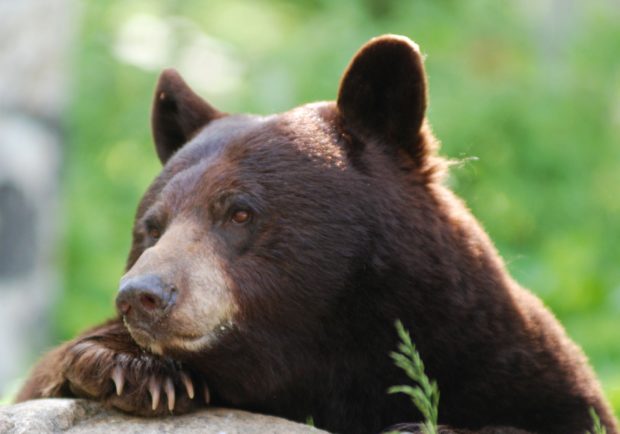
![]() Celebrate success! Add your voice to our Browns Canyon National Monument campaign now
Celebrate success! Add your voice to our Browns Canyon National Monument campaign now





















